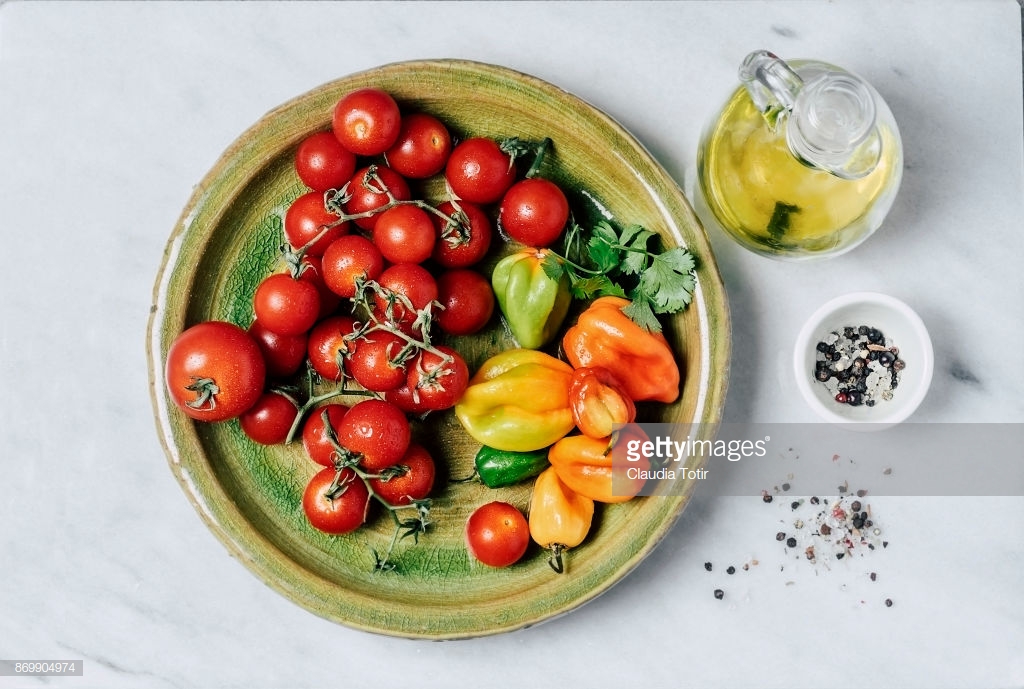Unexpected food pairings to try for big nutritional benefits
Turns out, it’s not just Chrissy and John that can claim golden couple status – these food pairings are a match made in heaven when it comes to boosting your health and giving you all the feels.
When it comes to perfect pairings, there are some obvious double acts that spring to mind: Ant and Dec, Brad and Jen (we’re still not over it), Barack and Michelle. But in a kitchen context, all bets are off. We all have our own strange culinary combos that defy reason, yet taste so damn good – cheese and apple, banana and bacon, avocado and jam (just me?). But it turns out, these strange duos may not be so random after all.
The scientific study of food has long been the focus of renowned chef Heston Blumenthal since he discovered in 1992 that caviar and white chocolate is a match made in heaven. It wasn’t until heenlisted the help of François Benzi, a scientist from the privately owned flavour house Firmenich, that he learned scientifically why and how certain foods worked so amazing together.
You may also like
High protein lunch ideas: try these quick, easy and nutritious recipes
With over 10,000 taste buds replaced on our tongue every two weeks, when does our penchant for pairings really kick in? “We learn flavour preferences very early on in our lives,” explains Dr Tim Bond from the Tea Advisory Panel. “We base a lot of these from what foods that we are given as an infant – before refining them based on our own experiences. Age also plays a part when we are drawn to more rich and sweet flavours, but we appreciate more complex pairings – especially bitterness and astringency – as we get older. Smell and taste are primal instincts, and very much linked to emotion and decision making – so it’s no wonder that consuming food and drink are emotional as well as physical experiences.”
The brain-mouth connection is one we can all relate to (especially when you throw hormones into the mix), yet it’s the three-pronged effect of taste, odour and chemical sensations that make up our individual flavour profile. Neurogastronomy (how the brain perceives flavour) is a concept Foodpairing knows only too well. “Ingredients combine well with each other when they share key aroma molecules,” Peter Couvquyt explains, a chef and partner at Foodpairing. “Flavour is one of the three main sensory properties – next to appearance and texture – which are decisive in the selection, acceptance, and ingestion of a food.
Taste, however, refers specifically to the five basic tastes that we perceive in our mouth: sweet, sour, salt, bitter and umami. Contrary to popular belief, we are not limited to tasting sweet only on the front of our tongue, bitter on the back and salt on the sides of our tongue – there are taste receptors all over our mouth and with these receptors, we may perceive more than one taste at a time.”

This is why some foods that make us shudder at the thought of pairing, are scientifically matched to compliment one another (if you’re brave enough to try them). For example, beef, garlic and bell pepper all have the same chemical compounds, as do apple and honey – or the lesser appetising sounding cranberry, avocados and lard. Tempted? Us neither. Although shared compounds don’t guarantee a taste sensation, by pairing three of the five tastes, you’re off to a flying start.
In addition, some foods work better together for your body when paired. For example, curcumin is an active ingredient in turmeric that has been shown to possess powerful anti-inflammatory properties. However, curcumin is not easily absorbed by the body unless it is in the presence of piperine – a compound found in black pepper. Which is why you’ll often find both ingredients in most golden milk or turmeric tea beverages.
Here’s a few duos to include in your meals so that you can get the most out of their nutritional benefits.
You may also like
Stop feeling guilty for snacking: why having an afternoon sweet snack is actually good for you
SEVEN FOOD PAIRINGS THAT ARE BETTER WHEN EATEN TOGETHER
1. Chocolate and cauliflower – the caramellic notes in cauliflower mimic the roasted notes of cocoaand both contain a ton of antioxidants for added brain power.
2. Banana and clove – the aromatic compound eugenol is present in both of these foods, making them go hand in hand.
3. Turmeric and black pepper – like I mentioned previously, the black pepper acts as carrier for the curcumin in turmeric so that your body can better absorb the spice
4. Bell pepper and iron rich foods such as shellfish and spinach – vitamin C-rich foods, such as red pepper, increase absorption of iron by up to six times (which your body needs in order to create hemogoblin to carry oxygen to the muscles when helping them repair after a tough workout).
5. Ginger, lemon and honey – you’ve probably heard of combining ginger with lemon juice, honey and water – especially when you’re feeling poorly. This soothing nutrient-rich tea provides anti-inflammatories that support your immune system to help you fight off germs.
6. Tomatoes and olive oil – lycopene is a disease-fighting antioxidant found in tomatoes. The inclusion of olive oil has shown to enhance the body’s absorption of this photochemical.
7. Chickpeas and rice – by adding beans and chickpeas to rice, it makes it easier for your body to regulate carbohydrates and helps to prevent blood-sugar spikes and energy crashes.
Want effective at-home workouts? Follow @StrongWomenUK on Instagram for the latest workouts, delicious recipes and motivation from your favourite fitness experts.
Image credit: Getty, Unsplash
Source: Read Full Article


